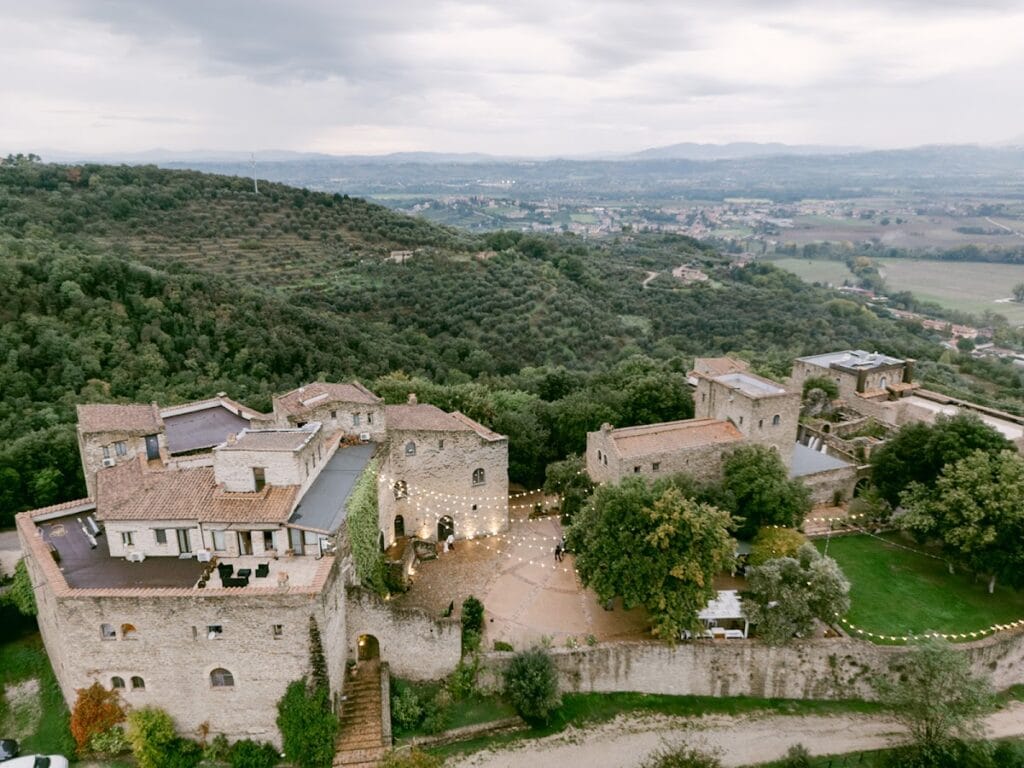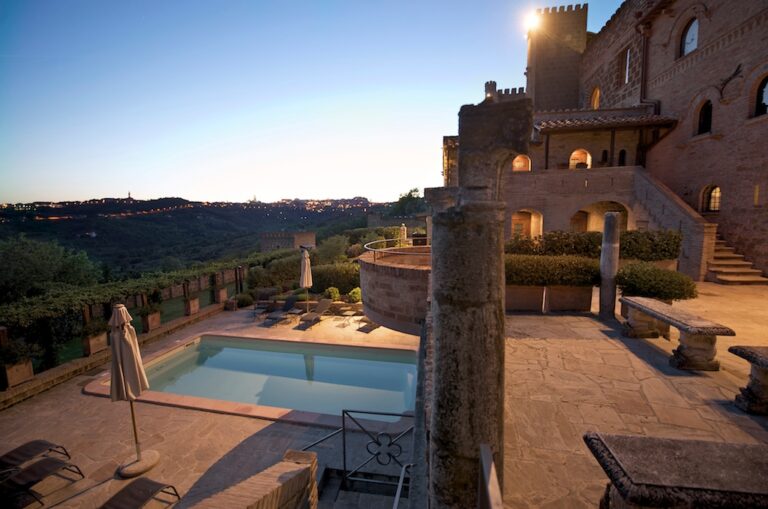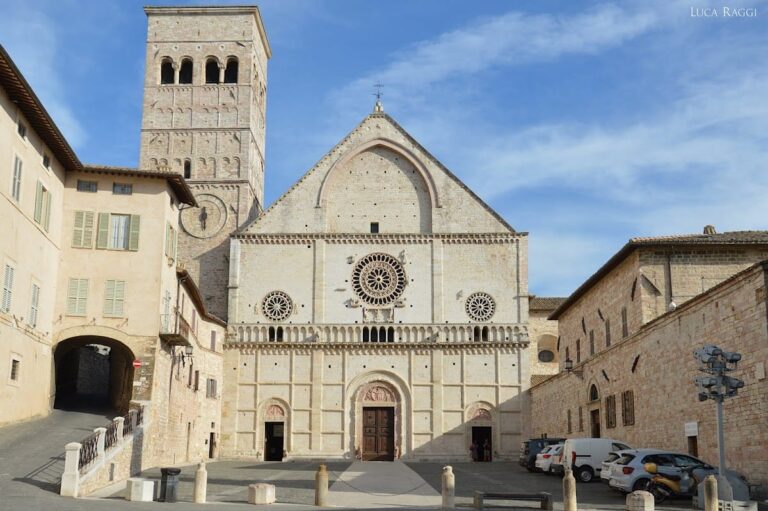Castello di Rosciano: A Historic Fortress in Torgiano, Italy
Visitor Information
Google Rating: 4.8
Popularity: Medium
Google Maps: View on Google Maps
Official Website: www.castellodirosciano.com
Country: Italy
Civilization: Medieval European
Remains: Military
History
The Castello di Rosciano is situated in the municipality of Torgiano, Italy, and was originally constructed upon an ancient settlement established by Etruscan and Roman civilizations. Over time, the site became known by various names including Russanum, Rescanum, Recsano, and Rusciano, reflecting its long and layered history.
In the early medieval period, the castle endured significant upheavals. It suffered destruction in the year 548 at the hands of Totila, the Ostrogothic king during the Gothic Wars. Despite this event, by the Middle Ages, the castle was fortified strongly enough to be regarded as impregnable. The first official record mentioning the settlement dates back to February 18, 1038, when Emperor Conrad II confirmed to the monastery of Santo Sepolcro the ownership of several properties, including the church of Sant’Angelo located in Rusciano, which at the time was within the territory governed by Assisi.
During the 13th century, the castle played a notable role in regional ecclesiastical and political matters. In 1266, the relics of Saint Crispolto were transferred from the Passaggio Abbey of Bettona to Rosciano, indicating the castle’s importance as a religious center. Around the same period, the nearby city of Perugia built the castle of Torgiano in 1274 to establish a military presence within the territory of Bettona. This proximity sparked conflicts between the inhabitants of Rosciano and Torgiano, with recorded violent clashes occurring in September 1277.
The castle’s ownership and control shifted frequently during the late medieval era. Emperor Frederick II granted it to the Scifi counts of Sassorosso. Over subsequent decades, the estate came under the influence of noble families including the Tancredi, Signorelli, Graziani, Baglioni, and Ansidei. In 1378, Pope Urban VI confirmed Perugia’s jurisdiction over Rosciano for twenty years, yet the local lord Tello resisted this authority. In 1383, he surrendered to Guglielmo di Carlo Fiumi, the gonfaloniere (chief magistrate) of Assisi. The following year, despite Pope Boniface IX granting the castle back to Tello, forces from Perugia captured and destroyed the fortress down to its foundations.
Religious life around the castle also evolved throughout this period. From the 13th century until 1521, the church of Sant’Angelo in Rosciano functioned as a Camaldolese priory, directly dependent on the Sansepolcro Abbey. This connection highlights the continuing spiritual significance of the site even after its military power declined.
Remains
The Castello di Rosciano was constructed atop layers of earlier Etruscan and Roman settlements, though detailed information about its exact layout or dimensions has not been recorded. Throughout the medieval era, it was fortified extensively, earning a reputation for being impregnable. This suggests that its construction featured strong defensive walls and other typical features of military architecture of that time, although specifics are not preserved.
In 1384, Perugian forces demolished the castle completely, reducing it to its foundational elements. As a result, today only the base remains of the original structure are confirmed to survive. These foundational remnants mark the footprint of what was once a formidable fortress but no standing walls or towers have been documented.
Near the castle, the church of Sant’Angelo retains its historical importance, having served as a Camaldolese priory between the 13th century and 1521. While specific architectural or decorative details of the church are not detailed in available sources, its role as a religious institution connected to the Sansepolcro Abbey is well established, reflecting the site’s continuation as a spiritual center even after the castle’s destruction.
Overall, the archaeological remains offer a glimpse into a layered historical site that transitioned from ancient settlements through medieval fortification to its eventual ruin, with religious structures surviving as part of its enduring legacy.







